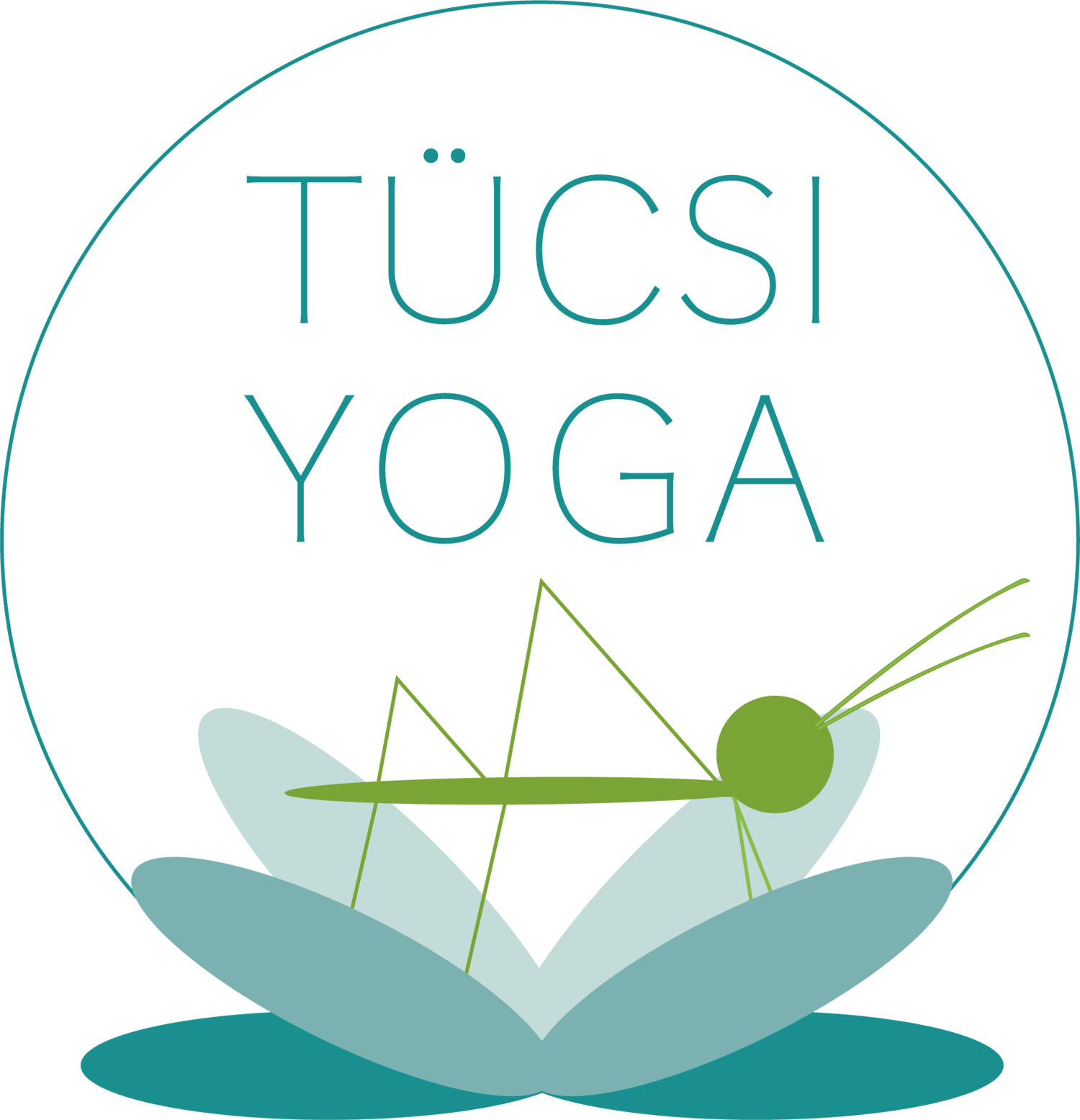BASIC SEATED FORWARD BEND
Paschimottanasana
translates as “intense stretching of the back of the body” (Sanskrit), often referred to it simply as the “seated forward bend”.
Paschimottanasana is considered to be a calming posture for the mind and nervous system, and may therefore be therapeutic for anxiety and depression.
Due to the challenging nature of the stretch, it may be necessary to let go of the desire to fold fully over the legs and, instead, surrender to the posture as it is.
It is naturally introspective, and can be paired with slow breath-work for a more meditative experience.
This asana will help:
Stretch your leg muscles and the back extensor.
Activate your central meridian.
Stimulate abdominal organs, strengthen the kidneys and harmonise your digestion.
Mobilize and strengthen the entire spine.
Activates the hip joints are also and optimally supply your pelvis with the blood. This increases vitality and has a positive effect on the genital organs (prevents impotence).
Through deep breathing, the energy is directed upwards through the subtle spinal column.
Activates chakras along the spine. This could trigger the awakening of Kundalini energy.
Promotes to increase your patience, perseverance and serenity. The pose also encourages devotion, humility, and forgiveness.
and best of all - your thoughts come to rest.
Steps to Basic Paschimottanasana:
1. Sit on the floor with your legs stretched out, feet together, hands on your knees.
2. As you inhale, raise your arms up while you straighten your spine, engage your upper leg by tightening the muscles and flex your toes.
3. As you exhale, lower your upper body and arms, folding at the hips, reaching your hands forward towards your big toes. Wrap your middle finger and index finger around your toes, bending your elbows.
Wrap your middle finger and index finger around your toes.
4. With each inhalation you stretch your upper body and with each exhalation you go a little deeper into the pose.
5. The neck should be in a neutral position, providing a natural extension of the spine.
6. If you can not reach your feet, leave your toes alone, and rest your hands on any part of your legs that you can reach and, as you exhale, pull yourself deeper into the pose.
7. Hold the final position for as long as is comfortable and relax your whole body.
8. To come out of the pose, on your next inhale, straighten your arms and spine again, then slowly roll up back to sitting.
TIPS:
Rather than aiming the nose towards the knees, aim the belly towards the thighs, eyes gazing towards toes, in order to maintain a long spine.
Those with tight hamstrings may need to keep a bend in the knees. You can also take the option to use a yoga strap looped just underneath the balls of the feet in order to help pull yourself forward to deepen the stretch.
If the back feels rounded in this pose, roll-up a blanket and sit on it. This will help the hips shift the pelvis forward into a more stable position.
While bending forward, actively draw in your stomach.
Move slowly and not jerkily. Engage your upper leg muscles and relax the back muscles, feel them stretch, but never overstretching.



